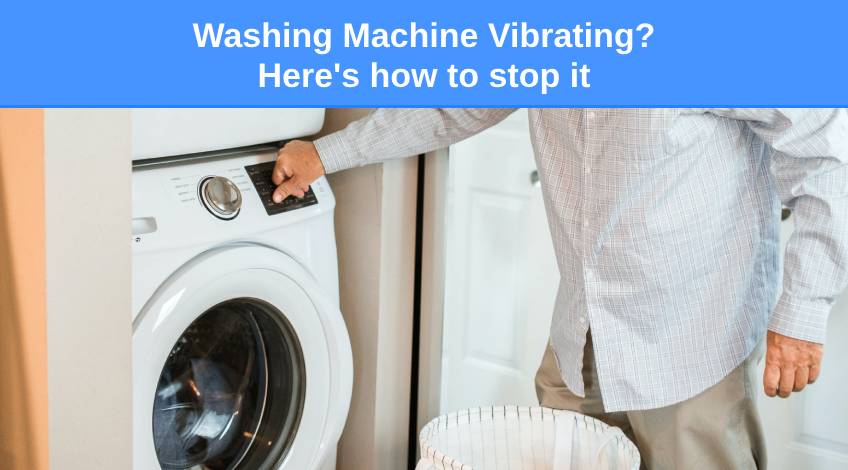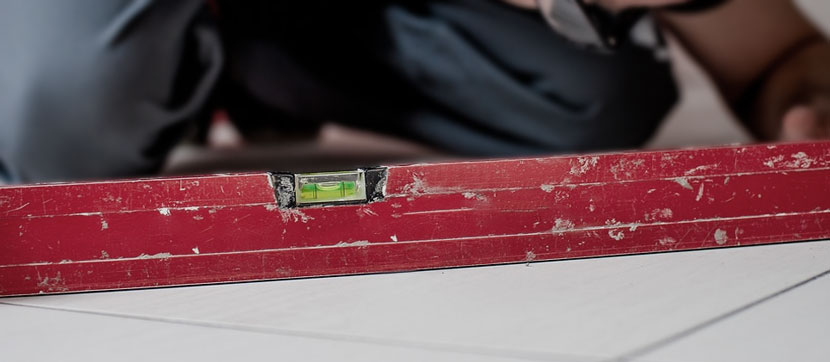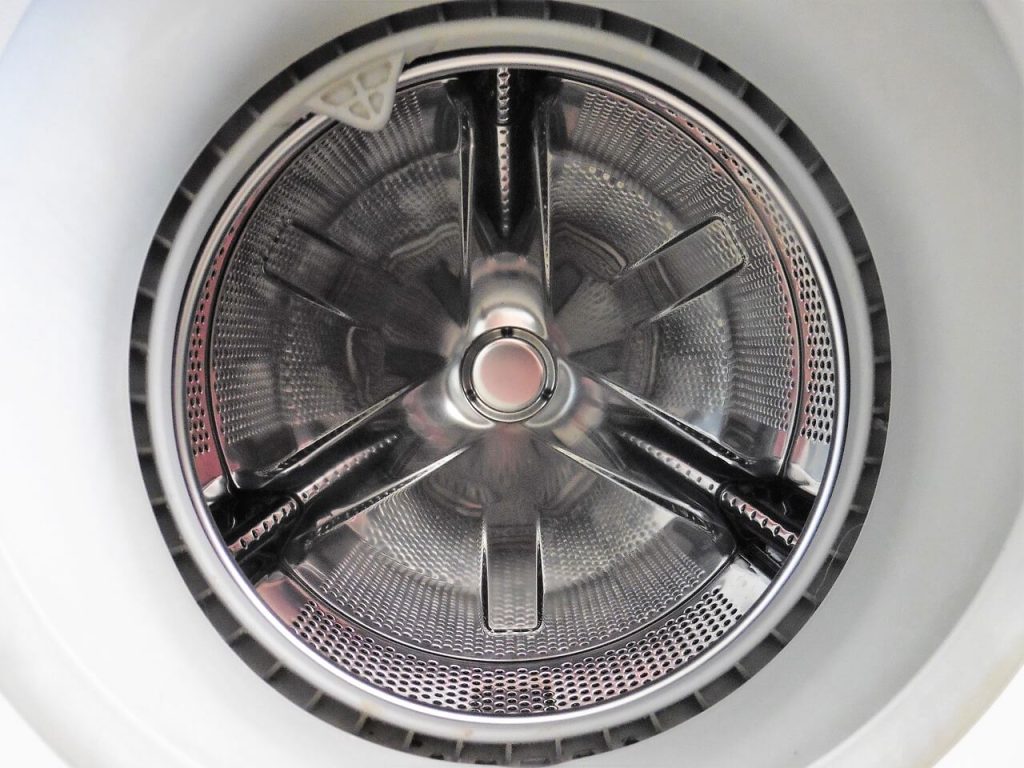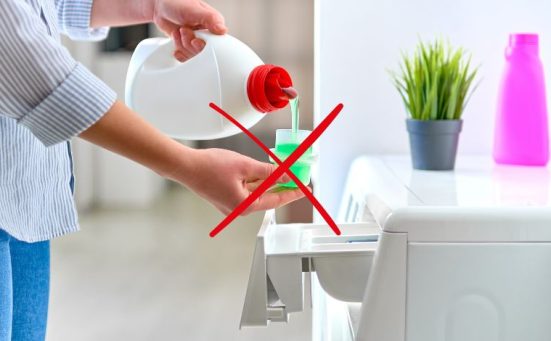
Washing Machine Vibrating? Here’s how to stop it
Ever experienced your washing machine shaking more than it should during its spin cycle? No need to panic – you’re not the only one facing this laundry day issue.
While some level of vibration is normal, excessive shaking is a signal that your washing machine is trying to communicate something.
In this article, we’ll find out why washing machines, even top of the range ones, might start acting oddly. So, let’s take a closer look at what’s causing your washing machine to vibrate too much and some simple fixes to get it back to a nice, smooth spin.
Reasons Why Your Washing Machine Is Excessively Shaking:

Washing machines typically vibrate when in use, even if they are brand new or of good quality. However, excessive shaking can be a sign of an underlying issue that needs attention.
Here are several reasons why your washing machine might be vibrating too much:
Washing Machine Is Placed On A Shaky And Unlevel Floor

Usually, it’s not the washing machine’s fault—it’s the floor it’s on. An unlevel floor is the main culprit behind a shaking washing machine. Make sure your washing machine is on a level surface by using a spirit level and adjust the washer’s feet.
If the floor is shaky, adding a sturdy support, like a piece of plywood, can work wonders. A 3/4″ thick piece of plywood cut to the dimensions of your washer from front-to-back provides both stability and weight distribution.
Washing Machine Has Unbalanced Laundry Load

Balance is key, even for washing machines. A balanced laundry load is important to prevent unwanted vibrations.
Front-loading washing machines tend to experience imbalance issues if you load just one heavy item or only a few items. This can result in too much shaking and noise from the drum. Try adding more items, such as a towel or other laundry items, to create a more balanced load.
For top-loading washers, make sure that your laundry items, especially heavy ones like bedding, are distributed evenly in the centre column rather than piling up on just one side of the washing machine.
TIP: On some washers, it might be that you just need to calibrate the machine. Calibrating your washing machine makes sure it accurately detects and handles different laundry loads. Proper calibration prevents imbalance during the spin cycle, reducing vibrations.
Washing Machine Running On High Spin Speed
High spin speeds can lead to excessive vibrations and create noises even if your washer doesn’t have any damage. While reducing spin speed might not always be an option, adding anti-vibration pads can mitigate the impact.
- [Eliminate vibration and noise] ---These anti vibration pads can provide stable support for the washing machine, prevent the washing machine from jumping and moving, and effectively reduce vibration and noise.
- [Protect the floor] ---The non-slip rubber mat has a good protection effect on the wood floor and tile floor, can effectively prevent the damage of the washing machine on the floor, and help protect the bottom of household appliances.
You can choose from a stick-on pad, which protects the washer’s sides from hitting the walls and other objects, or add padding underneath the appliance to absorb vibrations while protecting the floor and keeping the washing machine in place. This can come as individual pads for each foot of the appliance or a large mat where the washing machine can sit entirely. If you’re on a budget, then the individual pads are the better option.
Dirty Washing Machine Filter
A clogged pump filter can contribute to vibrations. This filter prevents objects such as coins, lint, buttons or other items going to the drain hose causing damage to the pump. Regularly clean the filter to prevent the accumulation of debris that causes your washing machine to shake.
Always refer to the washer’s manual for any specific instructions on how to locate and clean the pump filter or other maintenance tasks recommended by the manufacturer.
Washing Machine’s Transit Bolts Are Still In Place

Transit bolts come with the washing machine when you purchase it. Their main purpose is to protect the washer’s drum and keep it in place during transportation.
These bolts are located at the back of the machine and should be removed after installation. Failure to do so can cause damage to the washer, such as a tear in the outer casing. This, in turn, can lead to vibrations, as the entire washer shakes instead of just the drum.
You can check if it has been removed by checking the back of the machine or pressing the inside of the drum to confirm that it wobbles.
Washing Machine’s Shock Absorbers Are Broken
A washing machine typically has 2-4 shock absorbers that reduce the washer’s movement while the drum is spinning. If the shock absorbers are broken, they might be the cause of the vibrations in your appliance.
This issue will require professional assistance to fix, as it is located inside the machine.
Poor Installation Of Stacking Kit
Using a stacking kit? Improperly installed stacking kits for washing machines and tumble dryers can lead to excessive vibrations. Follow the manufacturer’s installation guide for proper setup.
Bonus tip: Check the door seal surrounding the outside of the washing machine drum as it tends to rub against the drum when it’s spinning. This might cause unusual noises and a burning smell and damage your machine. Contact your manufacturer for assistance.
What Will Happen If You Don’t Treat Your Washing Machine’s Vibration?
If excessive vibration isn’t addressed promptly, it can lead to damage not only to your washing machine but also to your house.
Weak floors, cracked walls, and damaged appliances are potential consequences. Although the damage may take a while to develop, it’s always best to address the problem in its early stage to prevent long-term damage.
Frequently Asked Questions
Excessive vibration in washing machines is often due to factors like an unlevel floor, unbalanced loads, or high spin speeds. Identifying and addressing these issues can help reduce loud vibrations.
To stop your washing machine from vibrating, make sure it’s on a level surface, distribute laundry loads evenly, and consider using anti-vibration pads. Calibration and checking for issues like clogged filters or broken shock absorbers can also help.
Placing anti-vibration pads under each foot of your washing machine is an effective solution to reduce vibrations. These pads absorb shocks and provide stability during the spin cycle.
Yes, anti-vibration pads work by absorbing shocks and minimising the vibrations. They are placed under the washing machine’s feet to improve stability and reduce noise during operation.
Stabilise your washing machine by levelling it on a solid and even surface using a spirit level. Make the load balanced, use anti-vibration pads, and address any issues like clogged filters or broken shock absorbers to improve overall stability.
Also, follow us on Pinterest ...




